Have you ever wondered how to get started with ham radio? In this guide, I’ll take you through every step you need to know to get your ham radio license, making it easy to understand and follow along. I recently went through this process myself, so I’ll share what I experienced to help you understand what to expect.
If you’re new to the world of ham radio, you might be asking: What is ham radio, and why should I get a license? Let’s quickly answer these questions before diving into the step-by-step instructions.
What is a Ham Radio?
Ham radio, or amateur radio, is a set of radio frequencies that licensed individuals can use to communicate. Think of it like this: with a regular FM radio, you can listen to music or broadcasts, but you can’t communicate back. A ham radio, on the other hand, allows you not only to listen but also to communicate with others.
Depending on your setup, you can talk to someone a few miles away, hit a repeater to reach farther distances, or even communicate around the world. However, to legally broadcast with a ham radio, you need a license.
Why Get a Ham Radio License?
During emergencies, having a ham radio is invaluable. Imagine being away from your family when disaster strikes and phone networks are down—this happened during 9/11. With a ham radio, you can communicate directly with your family and friends. However, without a license, you can't practice with your equipment legally. That’s why getting licensed is crucial for both safety and skill development.
Now, let’s jump into the steps to get your license!
Step 1: Register for an FRN (FCC Registration Number)
The first thing you need is an FCC Registration Number (FRN). This is a 10-digit number that identifies you in dealings with the FCC.
- Visit the FCC registration page and sign up for an account. The process is simple, and once you fill in your details, you’ll receive a confirmation email.
- Make sure to print or save your 10-digit FRN. You’ll need to bring it when you go to take the test.
Step 2: Find a Test Location
Next, you need to locate a test center near you. You have two options: take the test online or at a physical location.
- Go to the ARRL website to find test options. You can filter to find online or local exams.
- Personally, I chose to take my test in person because I wanted the full experience. I found a test location by entering my ZIP code on the ARRL site, and it provided me with information about nearby testing events.
Step 3: Study for the Test
This is the key to success. There are many ways to study for your ham radio test, but I found that taking an intensive course worked best for me.
- I used hamradioprep.com for my studies. They provided comprehensive lessons that included video tutorials, text summaries, and quizzes after each section.
- The platform also offers practice exams that are similar to the actual test. This helped me get familiar with the questions and identify areas where I needed to improve.
If you remember cramming for a test in school, that’s basically what I did. I studied intensively for a couple of days, taking practice tests multiple times. It really helped build my confidence.
Step 4: The Day of the Test
On test day, I made sure to review everything again.
- I arrived at my test location—a volunteer’s garage, where they had set up tables to administer the test.
- Bring a few pencils and a checkbook. The cost for taking the exam is $15, and if you don’t pass the first time, you can retake it for another $15.
- Spoiler alert: I actually failed by one question the first time because I rushed through it. On my second attempt, I slowed down, took my time, and passed without any issues.
Step 5: What Happens After the Test?
After passing, you’ll need to pay a licensing fee to the FCC.
- Within 10 days, you’ll receive an email prompting you to pay $35. Once you pay, you’ll be issued your official license along with your call sign.
- At this point, you’re ready to legally broadcast on your ham radio!
Step 6: What to Do After Getting Your License
After receiving my license, my first thought was, Now what?
- Get a Ham Radio: Many people start with a Baofeng UV-5R. It’s affordable and gets the job done. However, you’ll also want to upgrade to a better antenna to improve your signal.
-
Learn to Program Your Radio: There are two primary ways to use your ham radio:
- Simplex Communication: Talk directly to another person with a ham radio nearby.
- Repeater Communication: Extend your signal through a repeater.
- For repeater programming, websites like repeaterbook.com can help you find local repeaters to add to your radio. It’s important to be ready before an emergency hits.
- Get Involved: Look for local ham radio clubs. They are great resources for learning and getting help. Also, participating in local radio nets will help you practice and get comfortable using your equipment.
Final Thoughts
Getting your ham radio license is an amazing journey that helps you connect with people while also preparing for emergencies. Practicing with your equipment is essential, and being part of a community makes it all the more rewarding.
If you have any questions or comments, feel free to post them below. I’ve included links to everything mentioned here so you can easily get started. Stay safe and happy broadcasting!

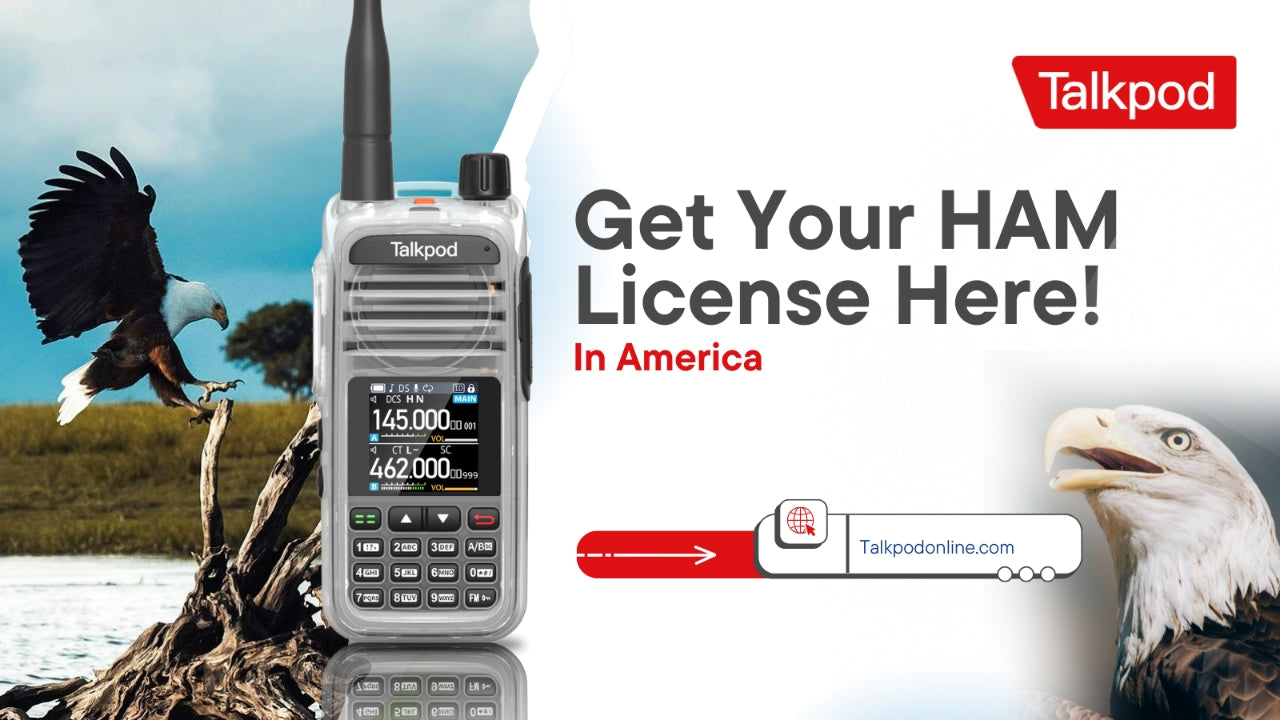

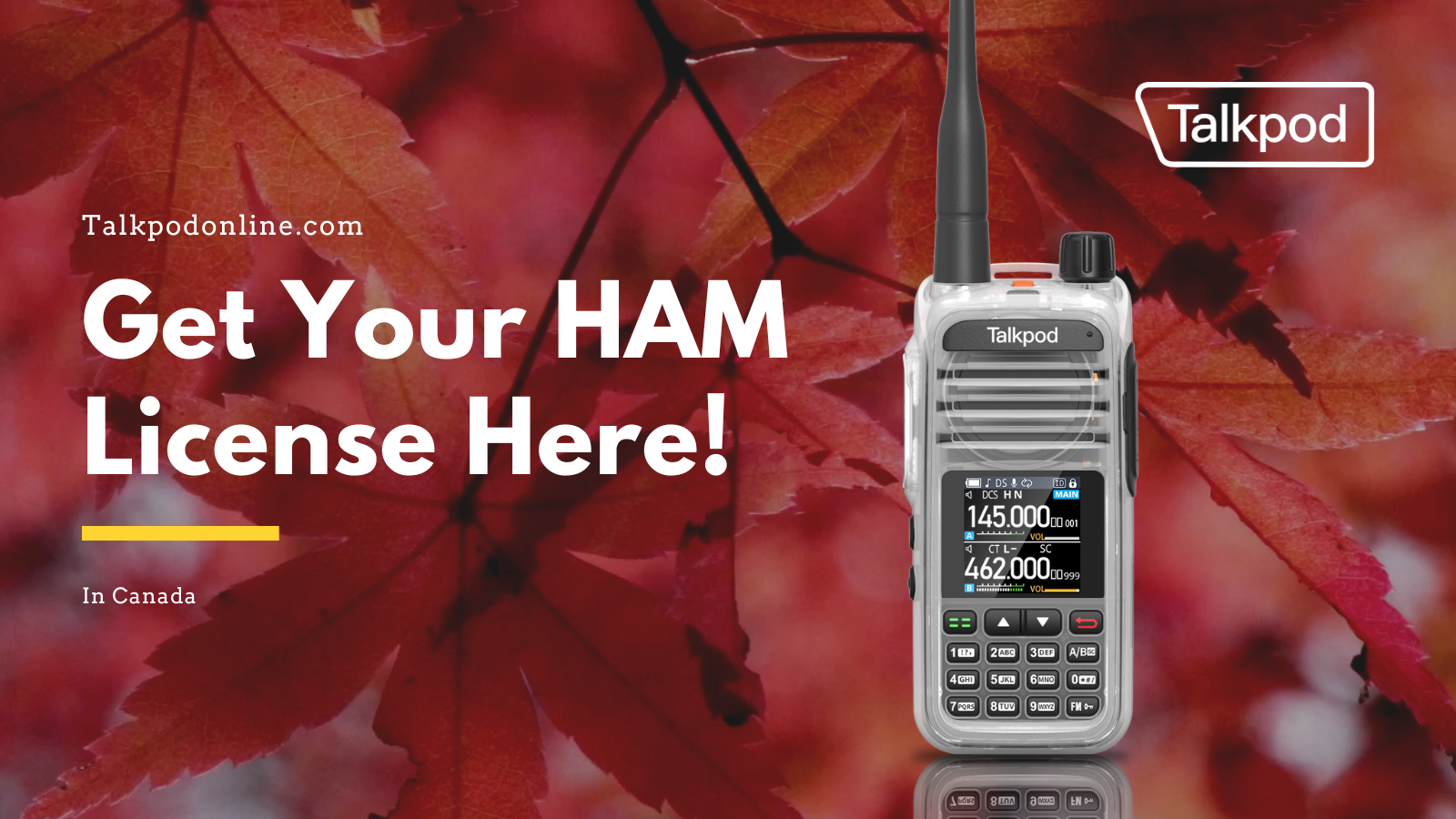
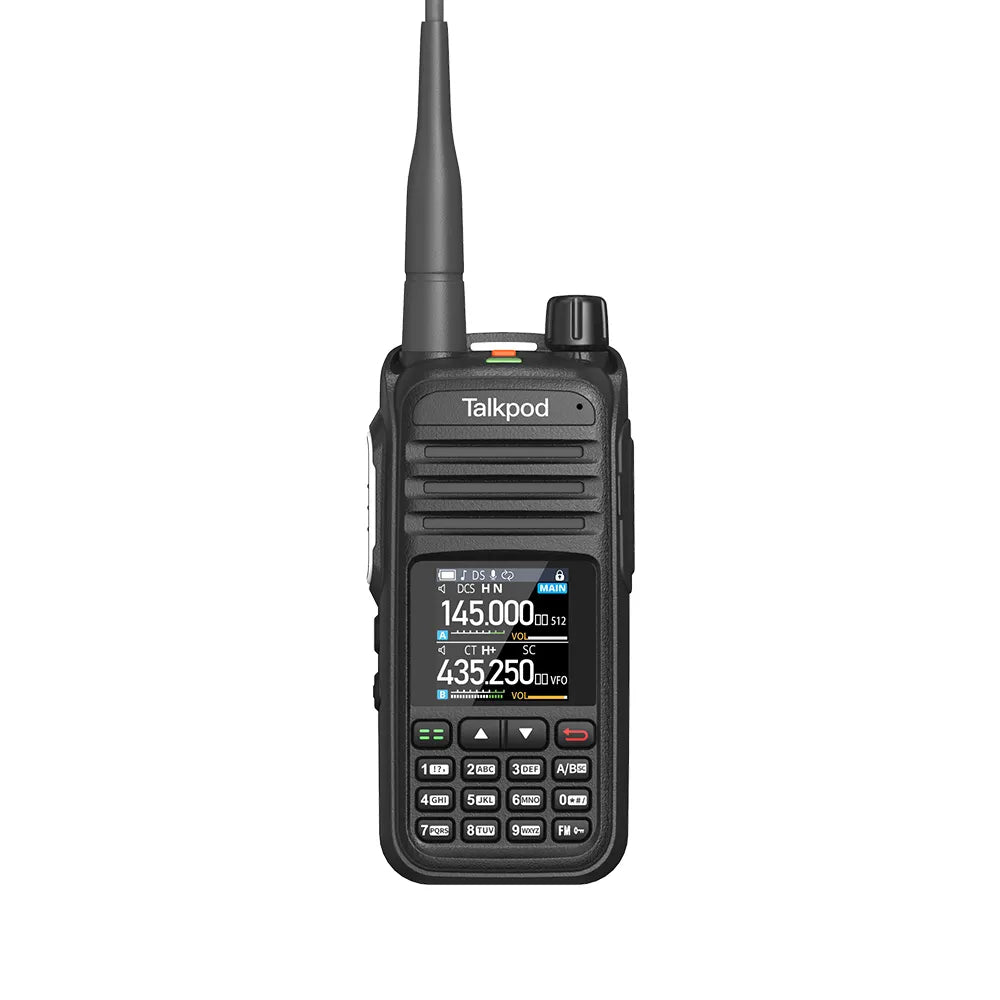
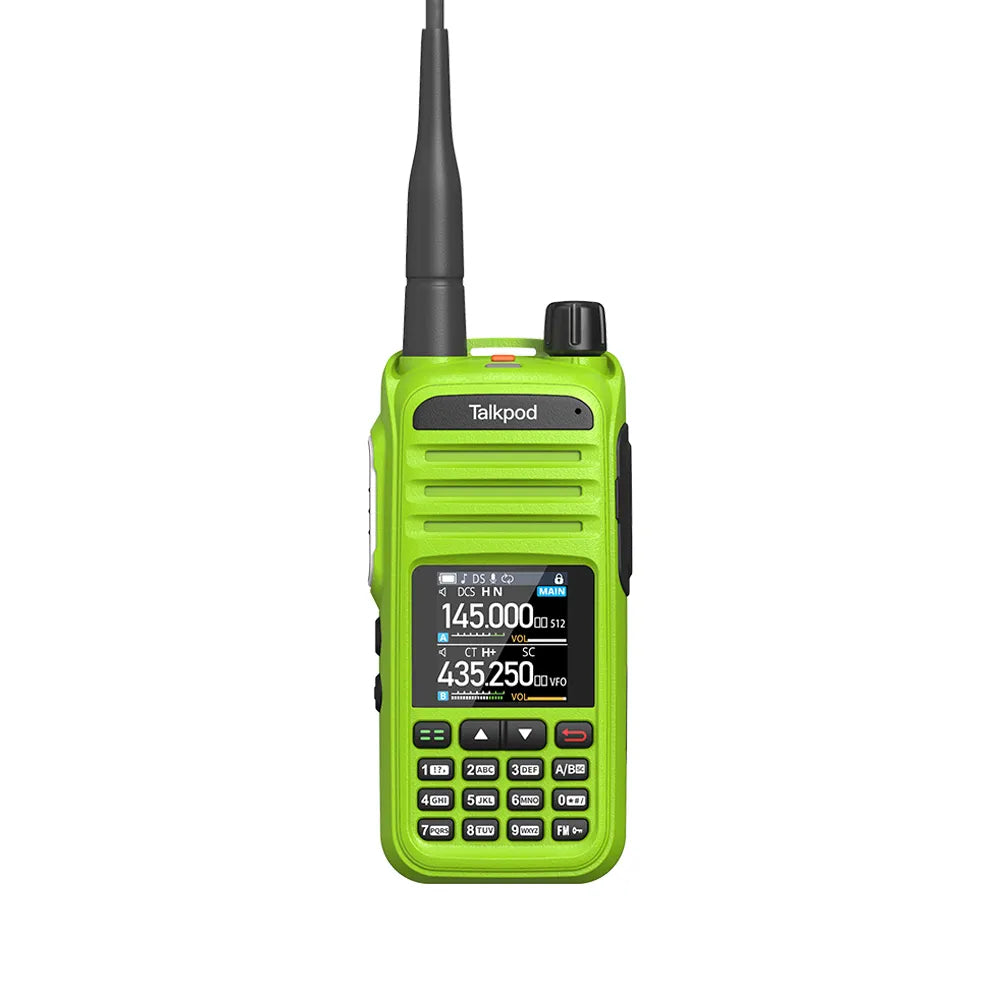
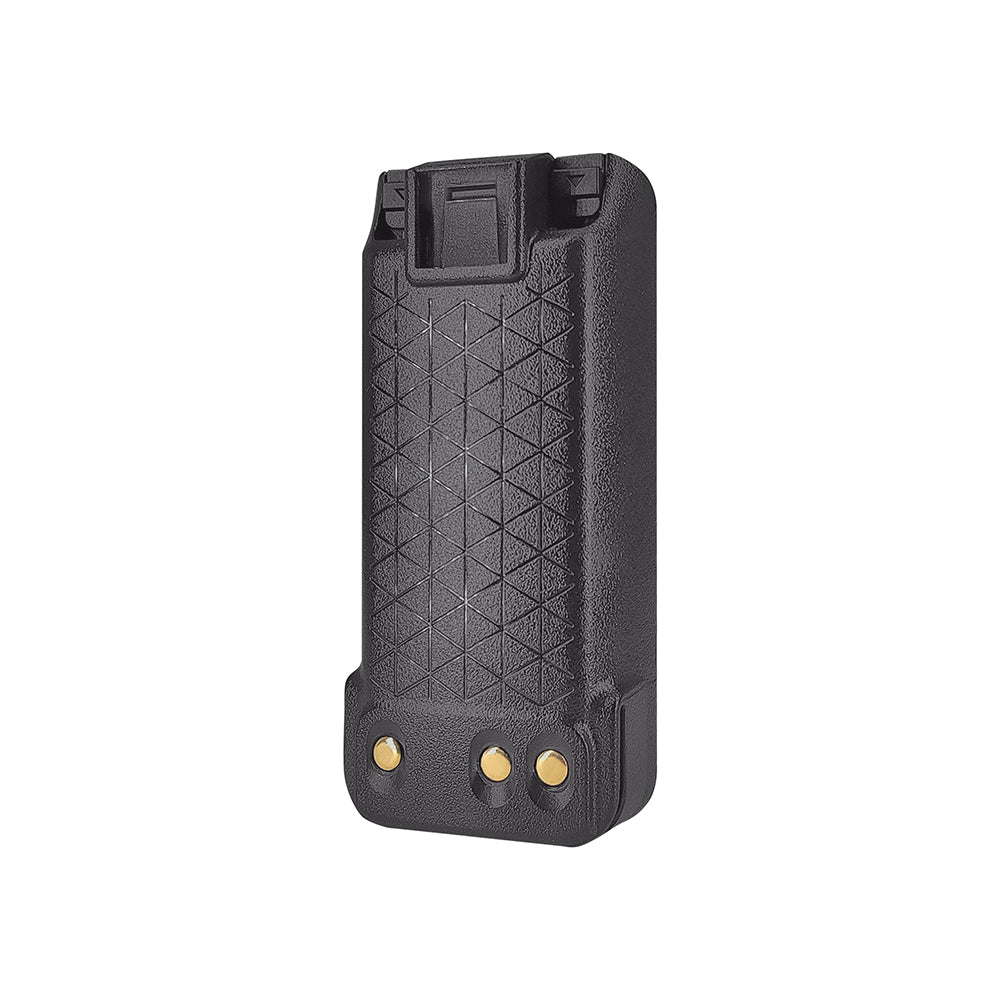
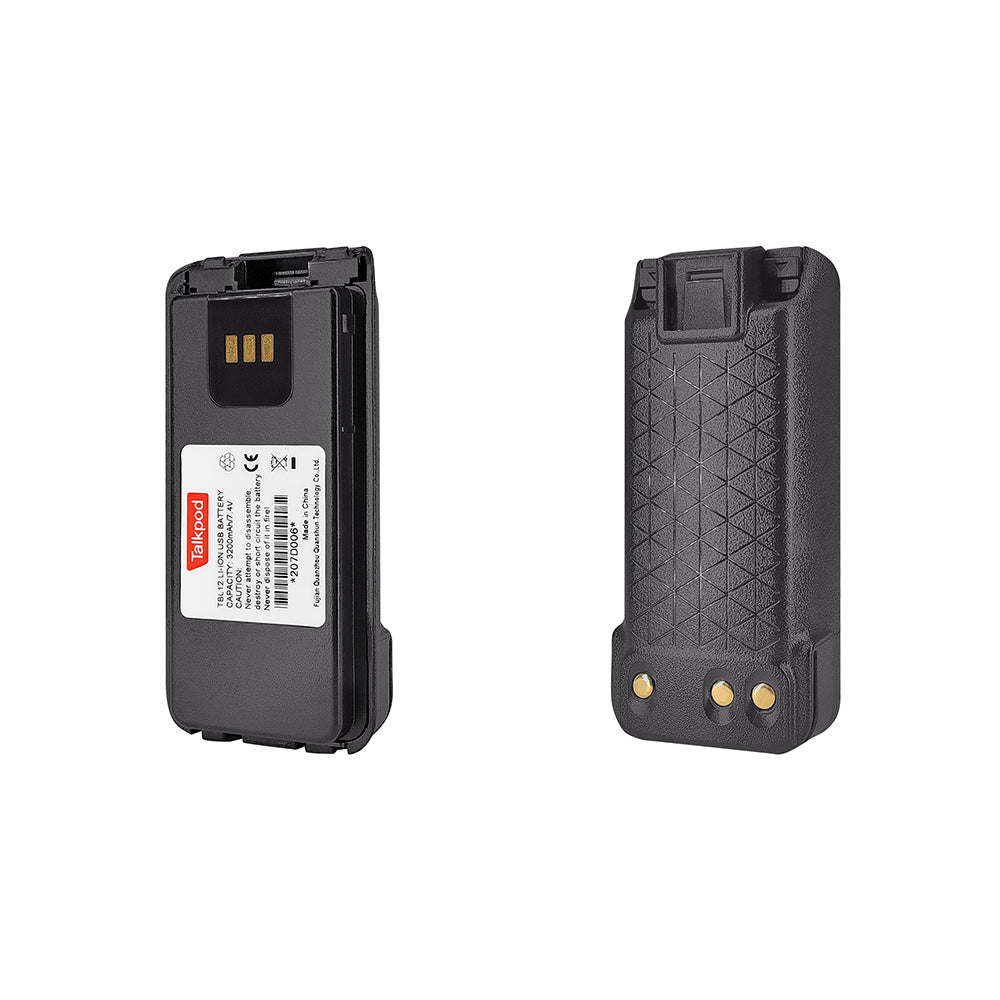
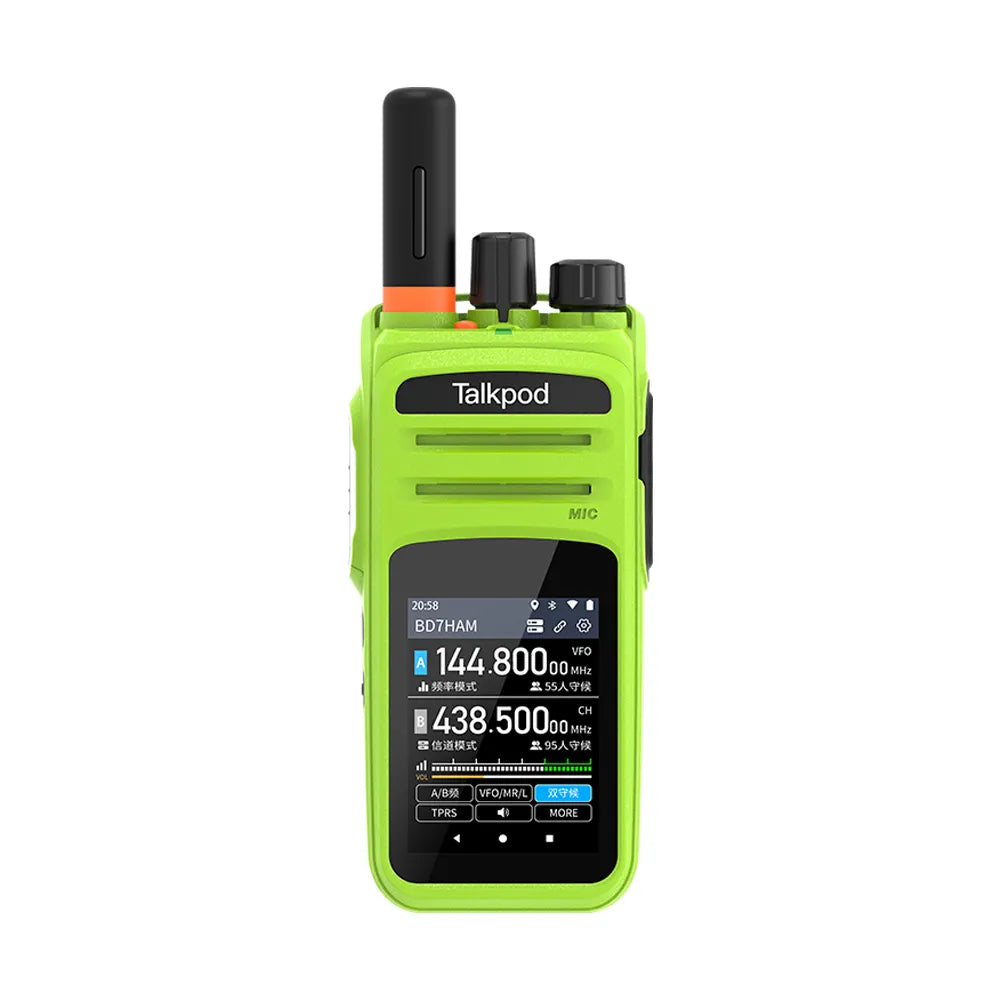
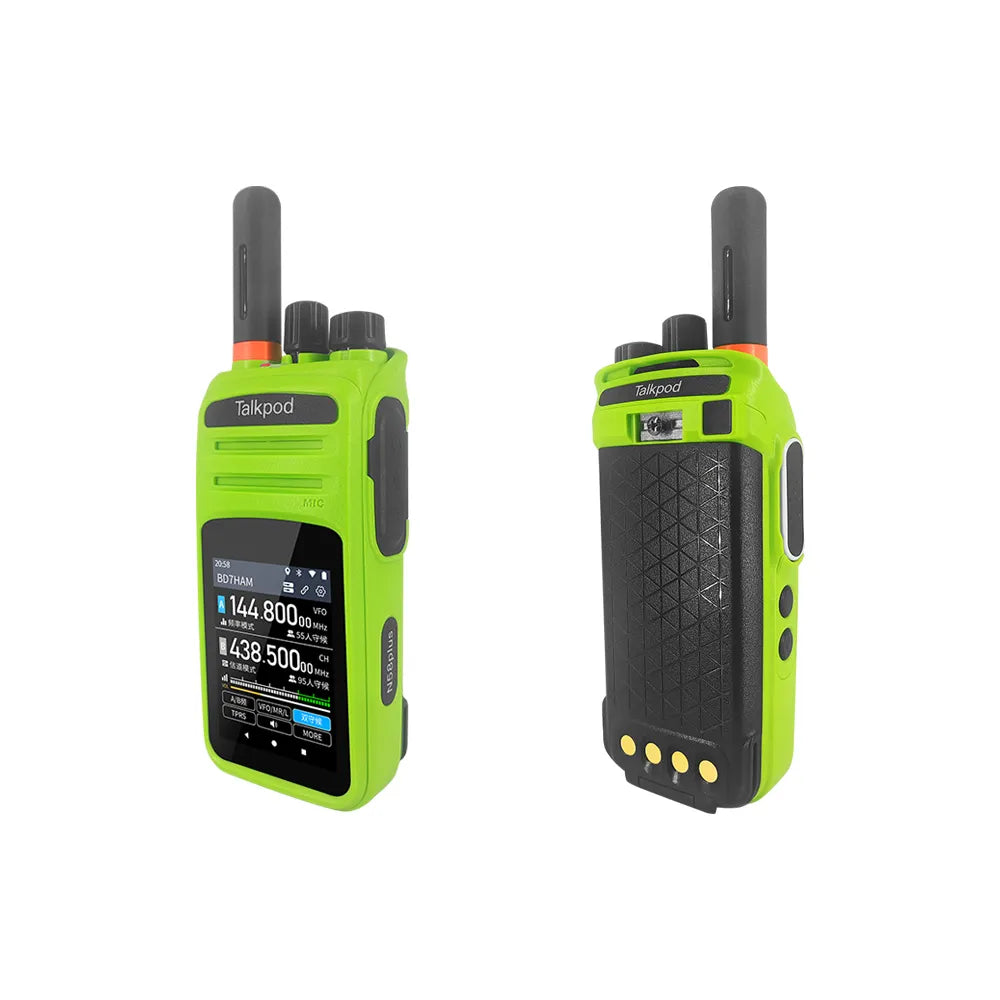
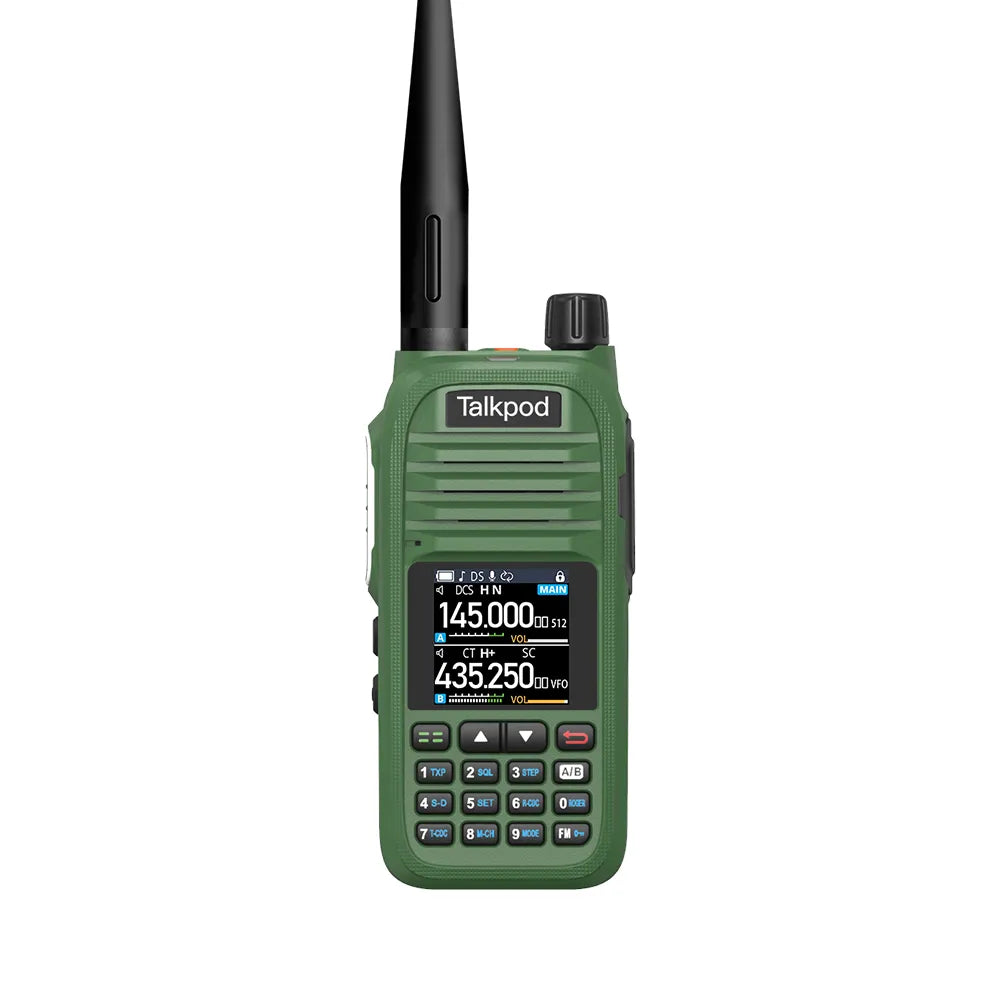
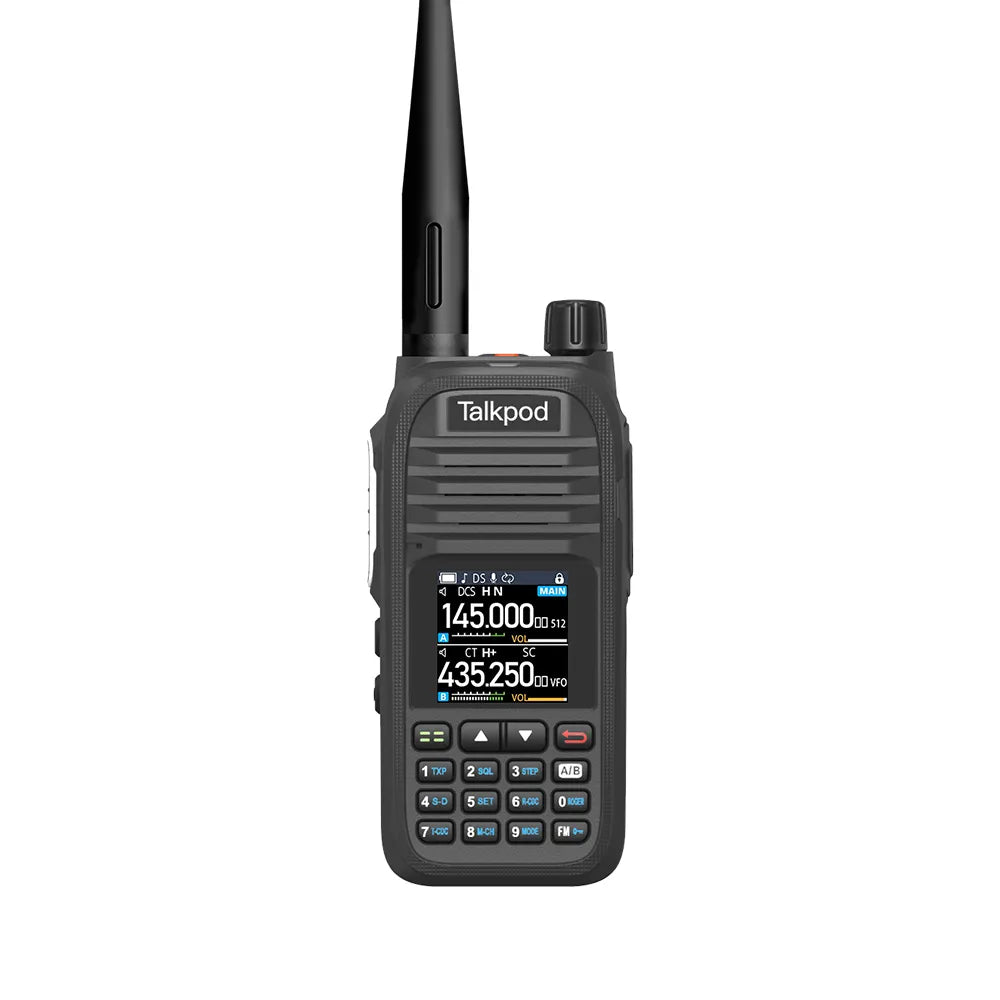
Leave a comment
All comments are moderated before being published.
This site is protected by hCaptcha and the hCaptcha Privacy Policy and Terms of Service apply.